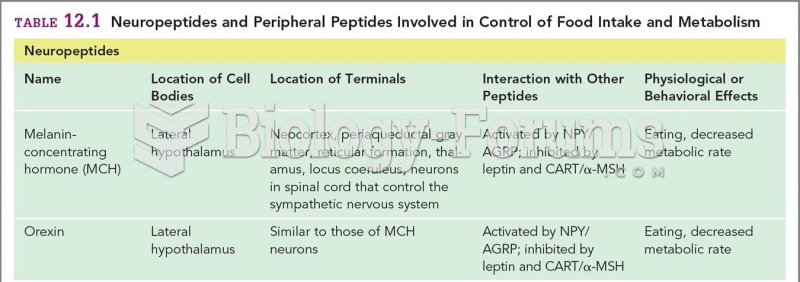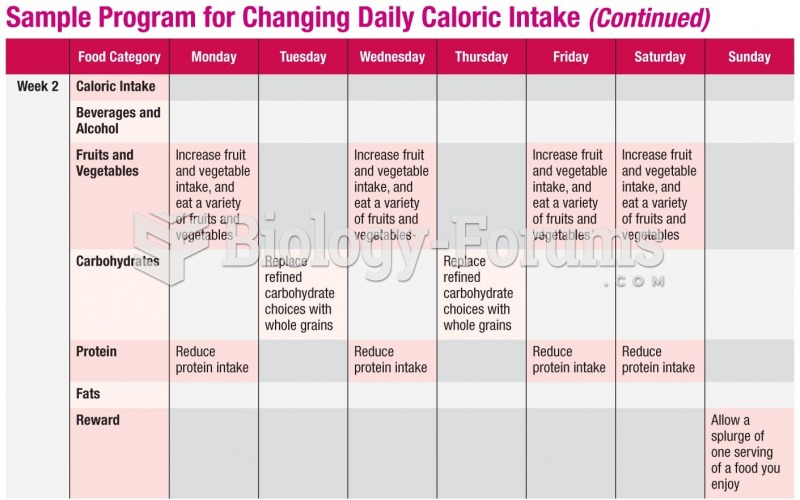Answer to Question 1
Use less table sugar when preparing meals and at the table.
Use your sugar kcalories to sweeten nutrient-dense foods (such as oatmeal) instead of consuming empty kcalorie foods and beverages (such as candy and soda).
Drink fewer regular sodas, sports drinks, energy drinks, and fruit drinks; choose water, fat-free milk, 100 percent fruit juice, or unsweetened tea or coffee instead. If you do drink sugar- sweetened beverages, have a small portion.
Select fruit for dessert. Eat less cake, cookies, ice cream, other desserts, and candy. If you do eat these foods, have a small portion.
Read the Nutrition Facts on a label to choose foods with less sugar. Compare the unsweetened version of a food (such as cornflakes) with the sweetened version (such as frosted cornflakes) to estimate the quantity of added sugars. The quantity of sugars listed in the Nutrition Facts for foods containing little or no milk or fruit are a good estimate of added sugars per serving.
Read the ingredients list to identify foods with little or no added sugars. A food is likely to be high in added sugars if its ingredient list starts with any of the sugars that are typically added or if it contains several of the added sugars.
Answer to Question 2
The glycemic response refers to how quickly glucose is absorbed after a person eats, how high blood glucose rises, and how quickly it returns to normal. Slow absorption, a modest rise in blood glucose, and a smooth return to normal are desirable (a low glycemic response). Fast absorption, a surge in blood glucose, and an overreaction that plunges glucose below normal are less desirable (a high glycemic response). The glycemic response may be particularly important to people with diabetes, who may benefit from limiting foods that produce too great a rise, or too sudden a fall, in blood glucose.
Different foods elicit different glycemic responses; the glycemic index classifies foods accordingly. Some studies have shown that selecting foods with a low glycemic index is a practical way to improve dietary adequacy and glucose control. Lowering the glycemic index of the diet may improve blood lipids, reduce inflammation, and lower the risk of heart disease as well. A low glycemic diet may also help with appetite regulation and weight management, although research findings are mixed.
Researchers debate whether selecting foods based on the glycemic index is practical or offers any real health benefits. Those opposing the use of the glycemic index argue that it is not sufficiently supported by scientific research. The glycemic index has been determined for relatively few foods, and when the glycemic index has been established, it is based on an average of multiple tests with wide variations in their results. Values vary because of differences in the physical and chemical characteristics of foods, testing methods of laboratories, and digestive processes of individuals. Calculating the glycemic index for meals or diets based on individual foods greatly overestimates the values.
Furthermore, the practical utility of the glycemic index is limited because this information is neither provided on food labels nor intuitively apparent. Indeed, a food's glycemic index is not always what one might expect. Ice cream, for example, is a high-sugar food but produces less of a glycemic response than baked potatoes, a high-starch food. Perhaps most relevant to real life, a food's glycemic effect differs depending on plant variety, food processing, cooking method, and whether it is eaten alone or with other foods. Most people eat a variety of foods, cooked and raw, that provide different amounts of carbohydrate, fat, and proteinall of which influence the glycemic index of a meal.
Paying attention to the glycemic index may be unnecessary because current guide- lines already suggest many low and moderate glycemic index choices: whole grains, legumes, vegetables, fruits, and milk and milk products. In addition, eating frequent, small meals spreads glucose absorption across the day and thus offers similar metabolic advantages to eating foods with a low glycemic response. People wanting to follow a low glycemic diet should be careful not to adopt a low-carbohydrate diet as well.







